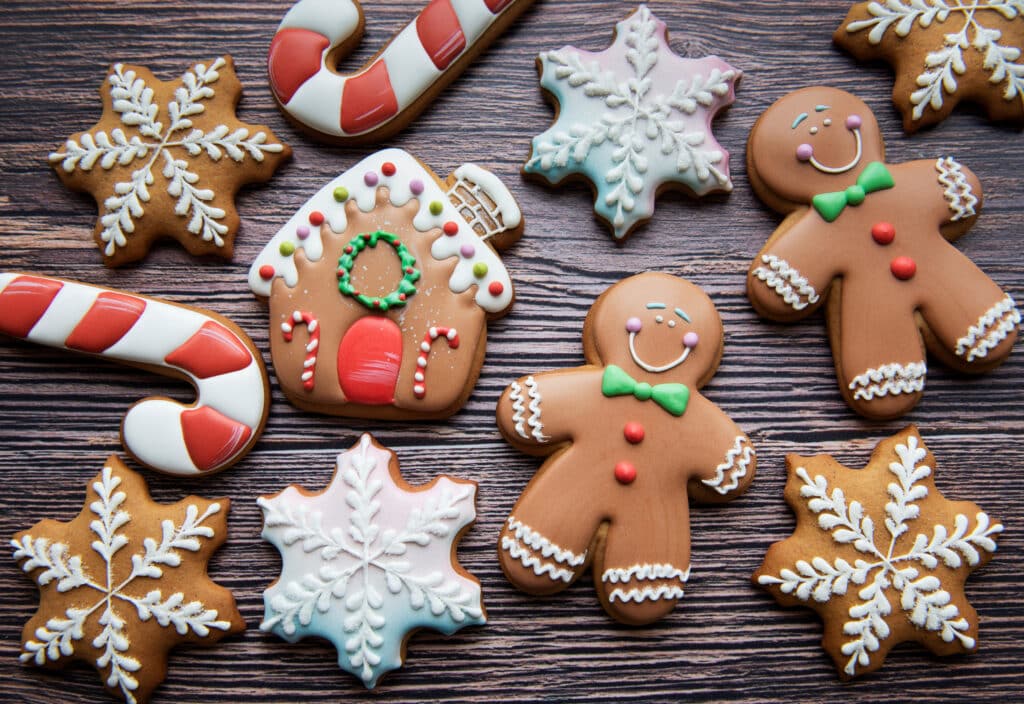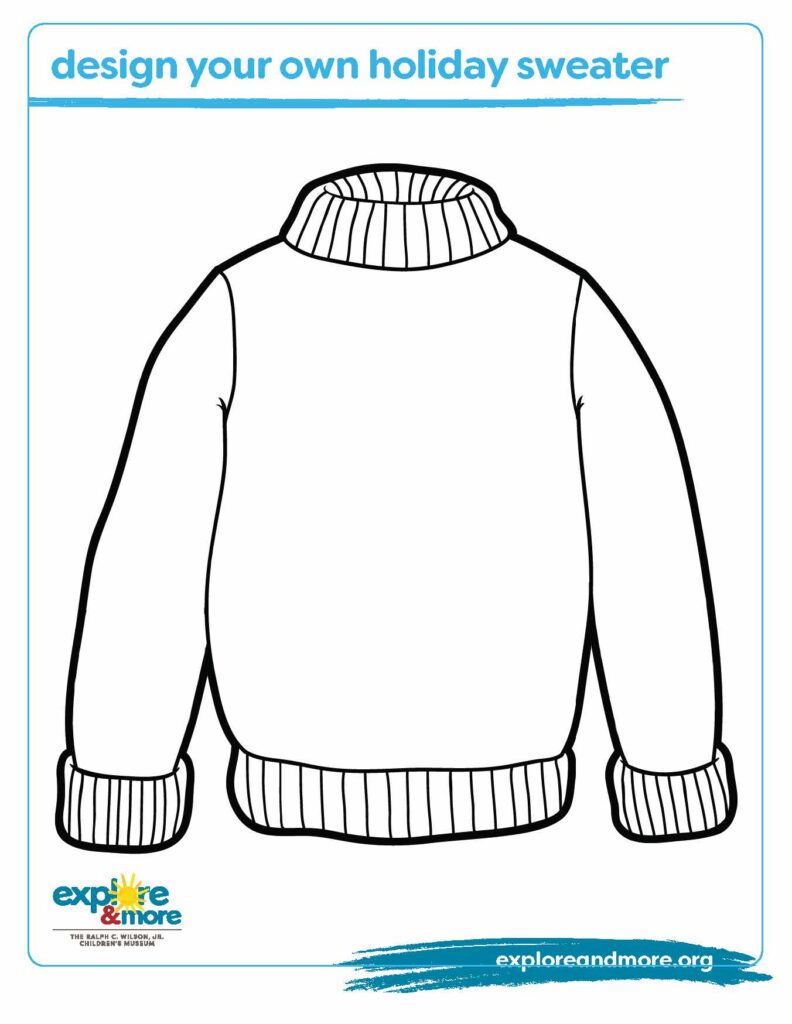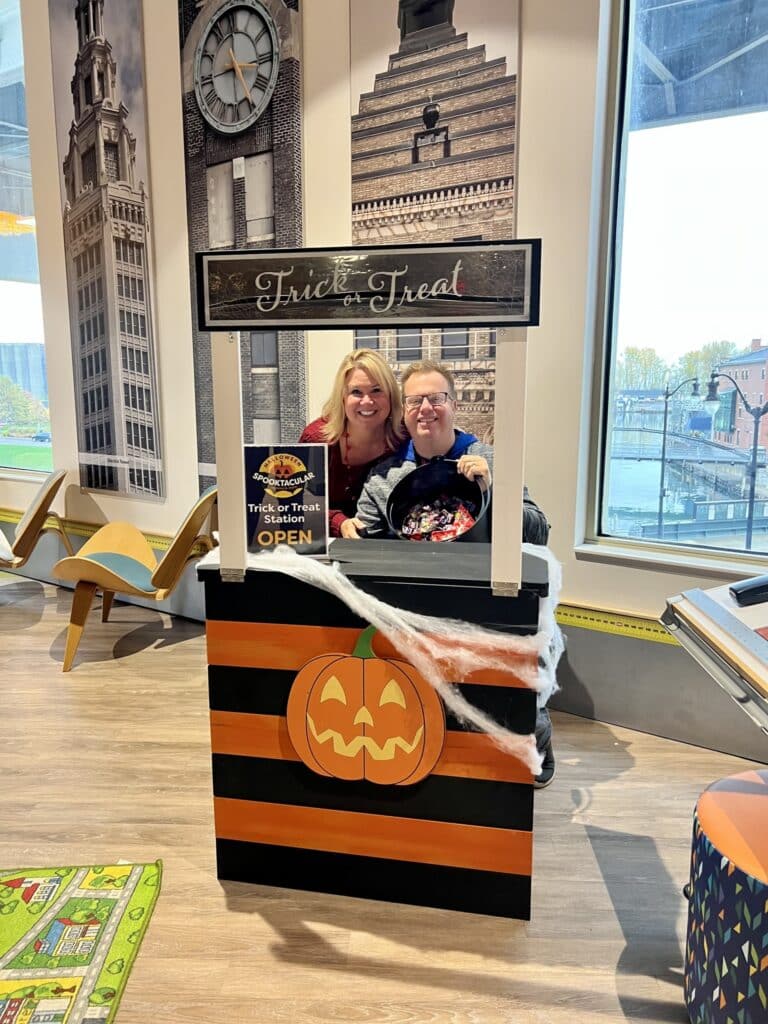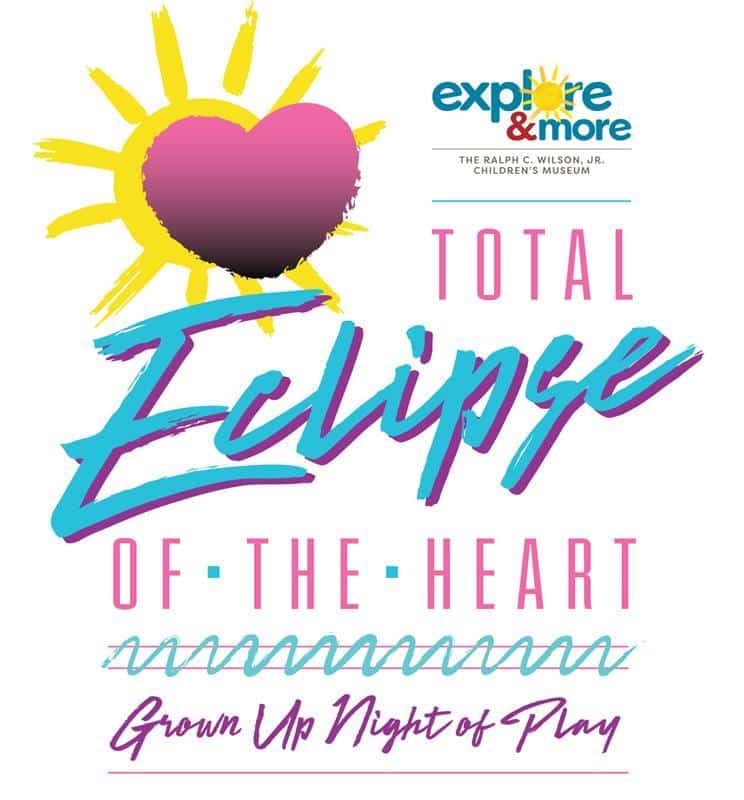By Will Kawalec
For many in WNY, December marks the holiday season. Whether Christmas, Kwanzaa, Hannukah, Bodhi Day, or Festivus, there are many celebrations associated with the last month of the year. As part of these celebrations people take part in countless traditions that usher in feelings of togetherness and nostalgia. One of these traditions is creating a gingerbread house or baking gingerbread cookies. This December’s Culture Corner will give a brief background on the history of the gingerbread house, and work to illuminate one of the holiday season’s most unique traditions. Regardless, if you are a history nerd like me, the story of gingerbread is quite fascinating.

For some food historians, gingerbreads origins date back to ancient Greece, as the oldest known recipe for gingerbread is attributed to the Greeks and is more than 4000 years old. From ancient Greece, gingerbread spread throughout the ancient world and by the medieval age gingerbread was commonplace over most of Europe and much of Asia, many attribute its spread to trade via the silk road, and the mixing of cultures during the crusades. During Medieval times gingerbread was especially commonplace in Western Europe, from festivals to royal courts, gingerbread became synonymous with celebrations.
In the 16th century, gingerbread got even more popular with the help of royalty, more specifically Queen Elizabeth I, who historians credit for popularizing gingerbread that mimicked people or figures; thus, the gingerbread person was born! Decorating gingerbread people became popular in the 16th century especially with the wealthy, as meticulous decorating occurred, golf leaf was even used making these cookies truly decadent. Gingerbread continued to be relevant in society as the Early Modern Period rolled on, even making an appearance in one of Shakespeare’s plays; “And I had but one penny in the world, thou should’st have it to buy gingerbread” – Love’s Labour’s Lost (Wilson 2018).
During this period the first gingerbread houses were created. This occurred in Germany as bakers made elegant and intricate houses out of gingerbread, some historians believe the rise in popularity of these houses can be traced back to the Brothers Grimm who “wrote the story of Hansel and Gretel, in which the main characters stumble upon a house made entirely of treats deep in the forest” (Avey 2022). As popularity rose so did demand, “Gingerbread baking became recognised as a profession. In the 17th century, only professional gingerbread bakers were allowed to bake the spicy treat in Germany and France. Rules relaxed during Christmas and Easter, when anyone was permitted to bake it (Olver, n.d.).”
These rules impacted the holiday traditions across Germany, ultimately becoming a mainstay of culture in the region. This culture would be transported to the Americas as slews of European immigrants brought these traditions into what is now the United States. In the U.S. these holiday traditions were continued partially because of their deep cultural roots but also because of gingerbread being accessible to people of every socio-economic status. “Of all the Christmas pastries, the gingerbread cookie was one the one most loved by early American children. I suspect that a large part of this popularity hinged on the fact that gingerbread was cheap, easy to make, a small batch would yield many cookies,” (Olver, n.d.). It is fun to think of the earliest Americans enjoying a gingerbread holiday treat just as we do today.
The ease of baking gingerbread and the accessibility of its ingredients has allowed the treat to be a holiday commonplace for centuries, making it one of the most well-known and widespread foods in history. The next time you see a gingerbread house or gingerbread cookie, you can think back to the medieval people celebrating a fair with cookies decorated to look like lords or ladies, or an early 19th century Pennsylvanian family combining ingredients to share a sweet treat during cold winter months. The history of this unassuming snack is one that dates back a millennium and understanding this, illuminates not only the history of gingerbread, but the history of our culture as well.
Enjoy this recipe for ‘gingerbread cakes’ from an English cookbook from the year 1747.
“To make Ginger-Bread Cakes. Take three Pounds of Flour, one Pound of Sugar, one Pound of Butter, rubbed in very fine, two Ounces of Ginger beat fine, a large Nutmeg grated; then take a Pound of Treakle, a quarter of a Pint of Cream, make them warm together, and make up the Bread stuff, roll it out, and make it up into thin Cakes, cut them out with a Tea-Cup, or a small Glass, or roll them round like Nuts, bake them on Tin Plates in a slack Oven.”
—The Art of Cookery Made Plain and Easy, Hannah Glasse, facsimile 1747 edition with introductory essays by Jennifer Stead and Priscilla Bain, a Glossary by Alan Davidson [Prospect Books: Devon] 1995 (p. 139) (Olver, n.d.).
Avey, Tori. 2022. “History of Gingerbread | The History Kitchen | PBS Food.” PBS Food. December 1, 2022. https://www.pbs.org/food/the-history-kitchen/history-gingerbread/.
Olver, Lynne. n.d. “The Food Timeline–Christmas Food History.” https://www.foodtimeline.org/christmasfood.html.
Wilson, Antonia. 2018. “A Brief History of the Gingerbread House.” The Guardian, December 22, 2018. https://www.theguardian.com/travel/2018/dec/22/a-brief-history-of-the-gingerbread-house.






